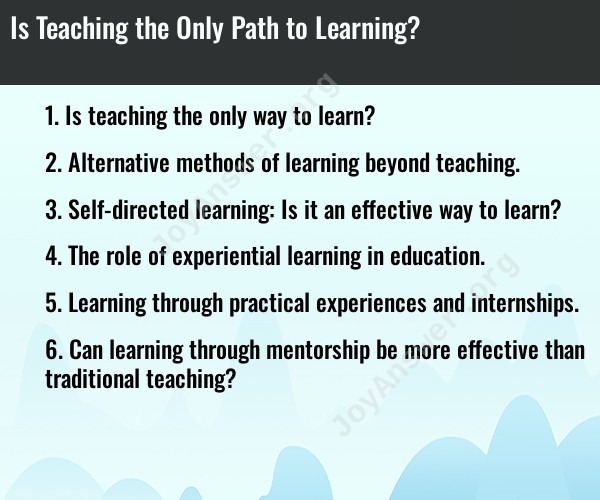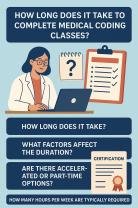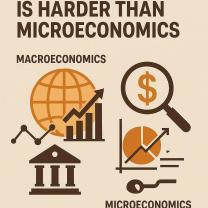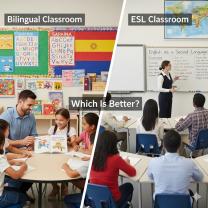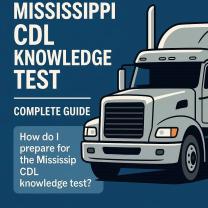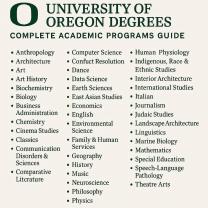Is teaching the only way to learn?
No, teaching is not the only path to learning. Learning can occur through various means, and teaching is just one of them. Here are several ways people can learn without formal teaching:
Self-Directed Learning: Individuals can take the initiative to learn on their own by exploring resources, books, online courses, tutorials, and other self-study materials. Self-directed learning empowers people to pursue their interests and acquire knowledge independently.
Experience and Practice: Learning often occurs through practical experience and hands-on activities. For example, individuals can learn skills, such as cooking, gardening, or playing a musical instrument, through trial and error.
Observation and Imitation: People can learn by observing others and imitating their actions or behaviors. This is particularly common in early childhood when children learn by watching and mimicking their caregivers.
Problem-Solving: Learning can result from attempting to solve problems and challenges independently. When faced with a real-world issue, individuals may seek solutions and learn from their attempts and failures.
Reflection and Metacognition: Reflecting on past experiences, analyzing one's actions and thought processes, and setting goals for improvement are forms of self-guided learning. Metacognition, or thinking about one's thinking, can lead to better understanding and learning.
Discovery Learning: This type of learning involves exploration and investigation. Learners discover new knowledge through experimentation and exploration, often in a more unstructured and open-ended manner.
Interactions and Collaboration: Learning can occur through interactions with others. Collaborative learning, such as group discussions or teamwork, allows individuals to exchange ideas, share knowledge, and learn from each other.
Feedback and Assessment: Self-assessment and feedback from various sources, including peers, mentors, or self-assessment, can lead to learning. Individuals can identify areas for improvement and work to enhance their skills and knowledge.
Adaptation to Environmental Changes: Learning is essential for adapting to changes in one's environment. Individuals learn to adapt to new situations, challenges, and circumstances in order to thrive and survive.
Research and Inquiry: Independent research and inquiry allow individuals to investigate topics, gather information, and develop a deeper understanding of subjects that interest them.
Reading and Exposure to Media: Reading books, articles, and other written materials, as well as exposure to various forms of media, can lead to significant learning. People can acquire knowledge and expand their horizons through reading and media consumption.
Teaching is a structured and intentional form of knowledge transmission, but it's not the only way to learn. Learning can be a lifelong, self-directed process that takes place through a combination of formal instruction, personal exploration, experience, and interaction with the world. The most effective learning often incorporates a mix of these methods, with individuals choosing the best approaches for their specific goals and circumstances.
Alternative methods of learning beyond teaching
There are many alternative methods of learning beyond teaching. Some of these methods include:
- Self-directed learning: This type of learning involves taking responsibility for your own learning. It involves setting your own learning goals, finding the resources you need, and assessing your own progress.
- Experiential learning: This type of learning involves learning by doing. It involves hands-on activities, field trips, and simulations.
- Learning through practical experiences and internships: This type of learning involves applying what you have learned in the classroom to real-world situations.
- Learning through mentorship: This type of learning involves working with a more experienced person who can guide you and teach you their skills and knowledge.
Self-directed learning: Is it an effective way to learn?
Self-directed learning can be an effective way to learn, especially for motivated and disciplined learners. However, it can be challenging for some learners, especially those who need more structure and support.
Here are some tips for self-directed learning:
- Set clear and realistic learning goals. What do you want to learn? How much time do you have to learn it?
- Find the resources you need. This could include books, articles, online courses, or mentors.
- Create a learning plan. This will help you to stay on track and make progress towards your goals.
- Assess your own progress regularly. This will help you to identify areas where you need to focus your efforts.
The role of experiential learning in education
Experiential learning is a powerful tool for education. It allows students to learn by doing, which can be more effective than traditional teaching methods. Experiential learning can also help students to develop critical thinking skills, problem-solving skills, and teamwork skills.
Here are some examples of experiential learning activities:
- Field trips: Field trips allow students to see and experience things firsthand.
- Simulations: Simulations allow students to practice skills and knowledge in a safe and controlled environment.
- Role-playing: Role-playing allows students to experience different perspectives and to develop their communication and problem-solving skills.
- Case studies: Case studies allow students to analyze real-world situations and to develop their critical thinking skills.
Learning through practical experiences and internships
Learning through practical experiences and internships can be a valuable way to apply what you have learned in the classroom to real-world situations. Internships can also help you to develop your professional skills and knowledge, and to make connections in your field.
When choosing an internship, it is important to find one that is relevant to your academic interests and career goals. It is also important to find an internship that will provide you with the opportunity to learn and grow.
Can learning through mentorship be more effective than traditional teaching?
Learning through mentorship can be more effective than traditional teaching in some cases. Mentors can provide individual support and guidance, which can be especially helpful for students who are struggling or who need more motivation. Mentors can also provide students with insights and advice that they may not be able to get from traditional teachers.
However, traditional teaching still has its place. Teachers can provide students with a broad overview of a subject area and can help students to develop the foundational skills and knowledge that they need to succeed.
The best approach to learning is often a combination of traditional teaching and mentorship. Students can benefit from the structure and support of traditional teaching, as well as the individual attention and guidance of a mentor.
Overall, there are many alternative methods of learning beyond teaching. Self-directed learning, experiential learning, learning through practical experiences and internships, and learning through mentorship can all be effective ways to learn.
